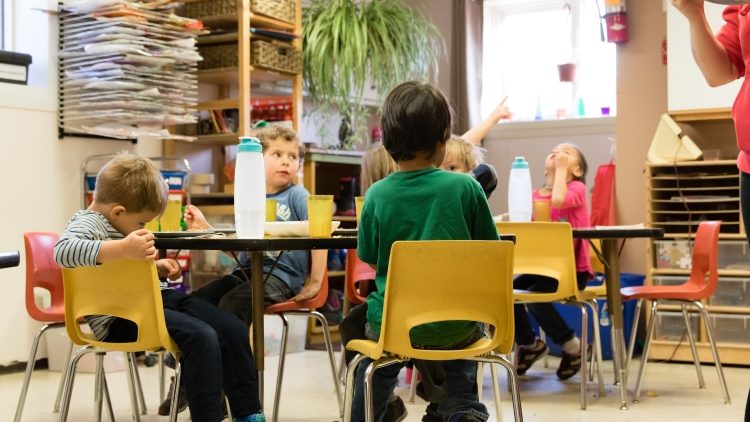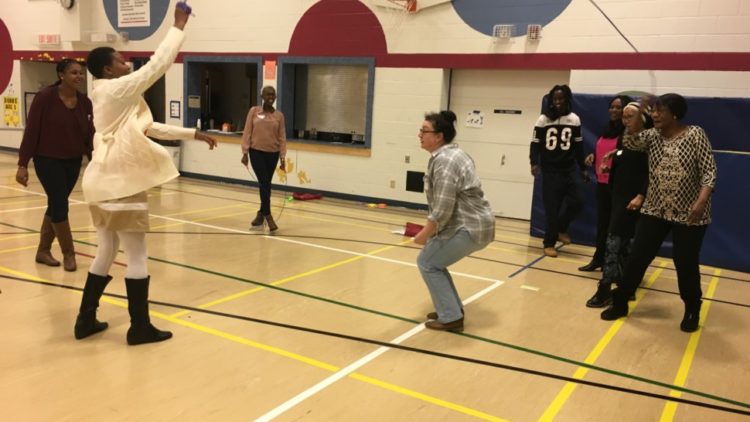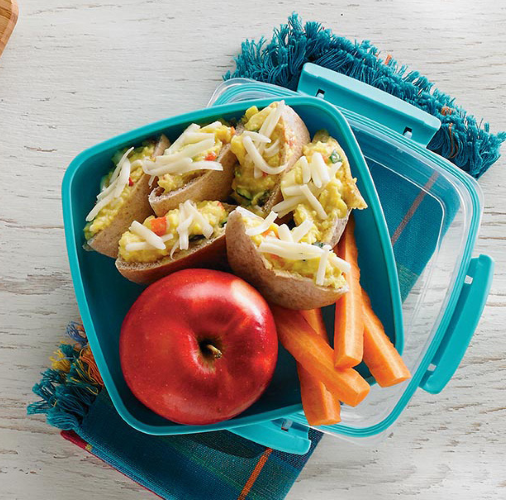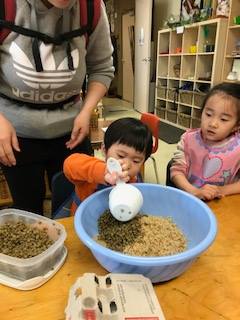Do you think your child eats the recommended amount of whole grains
every day? Canadian guidelines recommend that half of the grain products we eat in a day
should be whole grains. Here are some ways to gradually increase whole grains in the diet.
How to nurture a Healthy start with active play!
Physical literacy is the ability and confidence to move and participate in physical activity in a variety of environments. It is an important part of a child’s development that can be overlooked due to their young age. It is never too early to start age-appropriate physical activity movements that can strengthen a child’s ability to be active. By giving a child an active start, you are setting them up for success in healthy behaviors that they can pursue over a lifetime. Participating in sports and physical activity in the future will be easier for a child who has had an opportunity to learn and practice fundamental movement skills. These skills include running, jumping, hoping, throwing, skipping, dodging, log rolling, dribbling, stork standing, catching, and striking. Here are some simple ways to encourage physical literacy for your little one(s) that you can try out in your own home. Remember with each activity to keep the focus on fun and the rewards will come naturally for both you and your child. 1. Bathtub Swimmer Age: 1 -3 years old Benefits: gross motor skills, leg coordination, strength Encourage your child to splash in the bathtub by kicking their legs from a reclined and/or sitting position. Variation: have your child push the water back and forth, using their hands as paddles. Support your child’s head if necessary. Source: https://activeforlife.com/activities/?actId=5 2. Toddler Obstacle Course Age: 2 – 5 years old Benefits: agility, balance, coordination Use a variety of safe items such as cardboard boxes, furniture, pillows, etc. to create a fun obstacle course throughout your house. Help your child move through the course, by prompting with ideas if they get stuck or to provide them with a new way of thinking. Participate actively alongside your child to ensure safety and assistance when needed. Once your child feels confident with the activity, encourage them to provide ideas for new items or to create their own obstacle course. Source: https://activeforlife.com/activities/?actId=62 3. Snow Play: Tricky Tracks Age : 2 – 5 years old Benefits: gross motor skills, agility, coordination Take turns making a path with footprints in the snow, for others to follow along in. Have fun with the trail of footprints by changing directions as you walk, crisscrossing the path, and increasing the distance between the tracks by incorporating jumps. Help your child write their name and age in the snow. Look for animal tracks out in the snow. Use your imagination to create your own unique creature or machine footprints. Read the following poems about snow before this activity to encourage a discussion about how the snow can cause things to look differently, and to generate ideas on the fun that can be had with snow. Tracks in the Snow First Snow By: Wong Herbert Yee By : Marie Louise Allen Tracks in the snow Snow makes whiteness where it falls. Tracks in the snow The bushes look like popcorn-balls. Who made the tracks? The places where I always play Where did they go? Look like somewhere else today Source : http://www.decoda.ca/wp-content/uploads/HOP-Family-Resource-lowres.pdf







